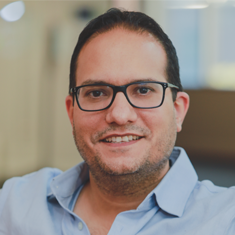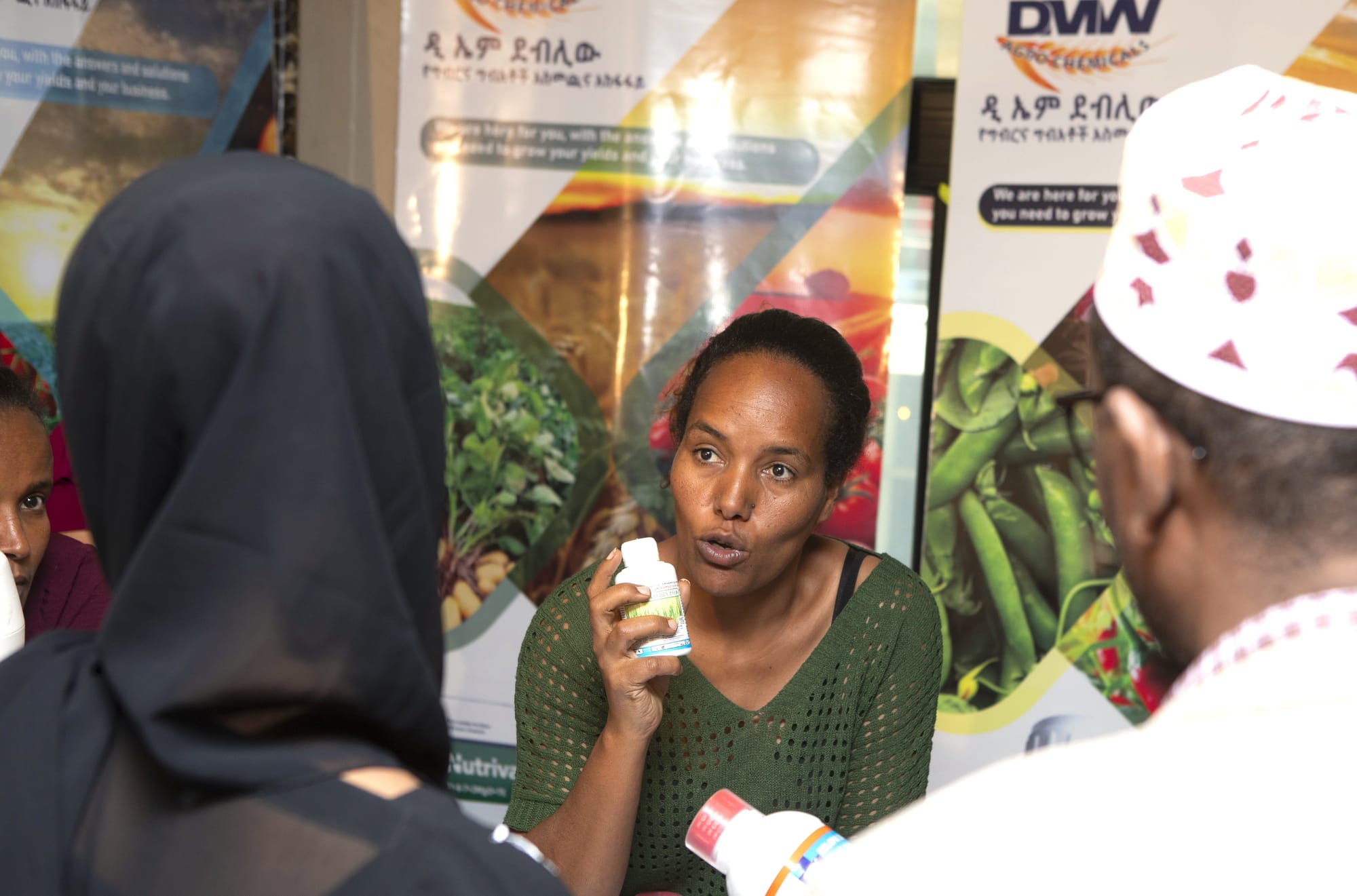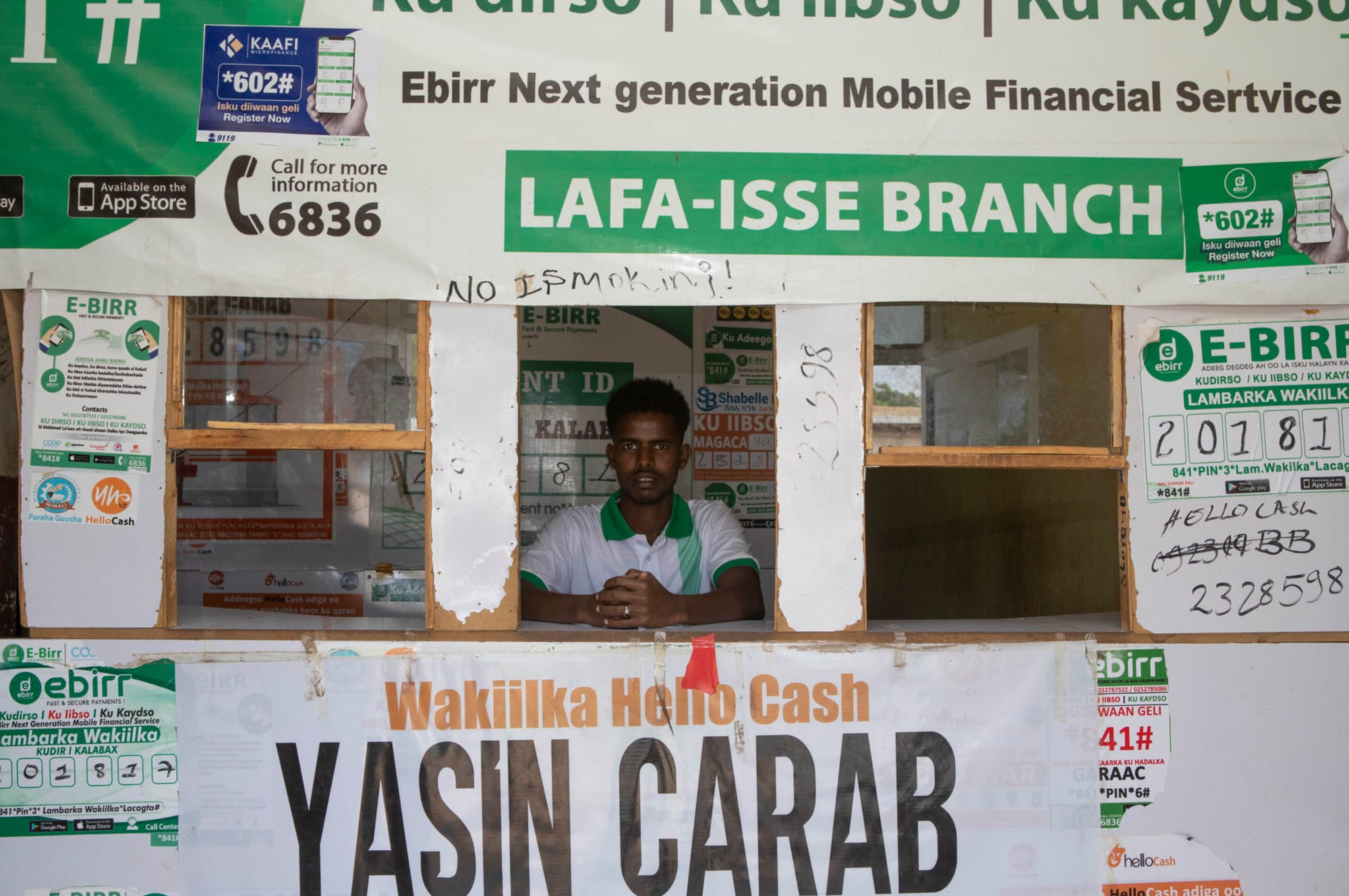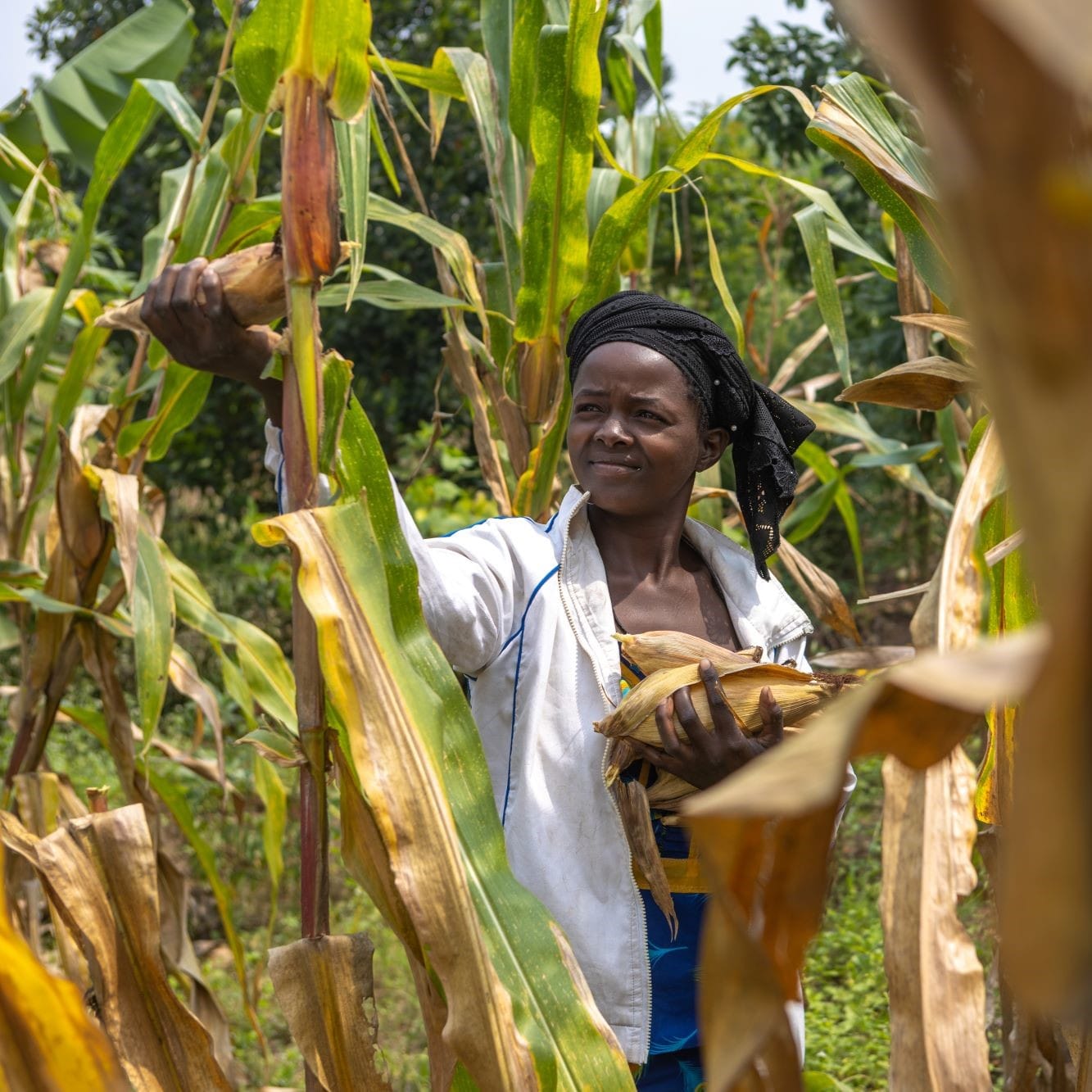As many as 380,000 refugees from South Sudan currently reside in the Gambella region of south-western Ethiopia, where one refugee-owned business, Yelahu Poultry, a small cooperative, sought to expand its market. Yet the co-op faced competition from humanitarian nongovernmental organizations (NGOs) that distributed free poultry varieties to refugees without coordinating with the local private sector. The dynamics changed, however, thanks to a partnership with a refugee market systems development (MSD) program supported by the U.K. Foreign, Commonwealth and Development Office (FCDO).
Implemented by DAI, the Strengthening Host and Refugee Populations in Ethiopia Programme (SHARPE) co-invested in Yelahu Poultry’s business model and linked them to Ethiopia's largest poultry producer, EthioChicken. At the same time, the project engaged with the NGOs to encourage them to work with existing market actors to facilitate distribution using an MSD approach. Now, Yelahu Poultry is a profitable supplier, employing more refugees through an agent network and providing better products. This is just one of the many replicable successes possible when investing in refugee livelihoods and creating trustworthy, sustainable relationships between local market actors.
The United Nations High Commissioner for Refugees (UNHCR) estimates there are 110 million refugees and internally displaced people worldwide, with 44 million in Africa. Considering the 20-year average that a refugee stays in exile, the humanitarian and development sectors understand that long-term, sustainable solutions for refugee and host communities are essential. Given the need to go beyond emergency humanitarian aid and the growing demands on limited donor resources, we require new paradigms for promoting livelihoods and self-reliance.
This widely acknowledged need led to the development of the Comprehensive Refugee Response Framework, the Global Compact for Refugees, and UNHCR’s Guide to Market-Based Livelihoods Interventions. The UNHCR Guide applies an MSD approach endorsed by many humanitarian donors as an effective way for large numbers of poor and marginalized people to achieve sustainable increases in income. However, MSD principles and tools—which typically require market-centric ways of partnering with the private sector—are in practice rarely used to support refugee livelihoods efforts, leading to unsustainable programming, market distortions, and activities that either end or cannot be scaled once donor funding has ended.
As more donors, NGOs, governments, and multilateral agencies promote market-based livelihoods interventions for refugees, we offer the following insights for MSD practitioners who may be new to working with humanitarian actors in refugee communities.
Refugee Economies
Designing refugee livelihoods programs can be challenging due to the fragile economic environments refugees live in and the unique barriers they face. Refugee settlements are often located in remote areas, which escalates the costs of doing business, thereby limiting business expansion. Given their dependence on humanitarian assistance, local refugee economies often have limited engagement with the private sector. Settlement markets have few sellers and buyers due to the combination of low purchasing power among ultra-poor residents and inflated prices.
Refugees also face unique social challenges such as lack of income, access to land, and credit; vulnerability to theft, due to limited secure storage; difficulty obtaining work visas and business licenses; and language barriers—all of which put them at a disadvantage when participating in nearby economies.
Humanitarian NGOs and UN agencies are major economic actors in refugee camps and host communities, given their use of a direct delivery approach and strong purchasing power. However, UNHCR and the World Food Programme face severe underfunding. UNHCR, for instance, has been challenged to make assistance cuts to help close an annual funding gap of $700 million. This reduced support is encouraging some funders to explore an MSD approach to refugee livelihoods development to crowd in the private sector.
MSD Adaptation
A common misconception holds that MSD approaches do not target subsistence-level microenterprises and only accommodate larger, commercially ready businesses. In fact, MSD can adapt to diverse market systems and various actors, including ultra-poor refugees.
The humanitarian sector can take the lead in engaging with local private sector partners to effect market systems change and create pathways to resilience for refugee and host communities. But while some humanitarian organizations express interest in MSD, there are still common hesitations. For example, NGOs are often direct providers of donor livelihoods programs, delivering goods and services such as agriculture training, agri-inputs, financial support, and business and vocational skills training to refugees, often for free. An MSD approach may be seen as a threat to an NGO’s traditional business model because it requires them to outsource the provision of those goods and services to private actors who could serve this market need beyond the life of a donor program. On the other hand, MSD practitioners may not understand the NGO delivery model or may lack hands-on experience working at the community level.
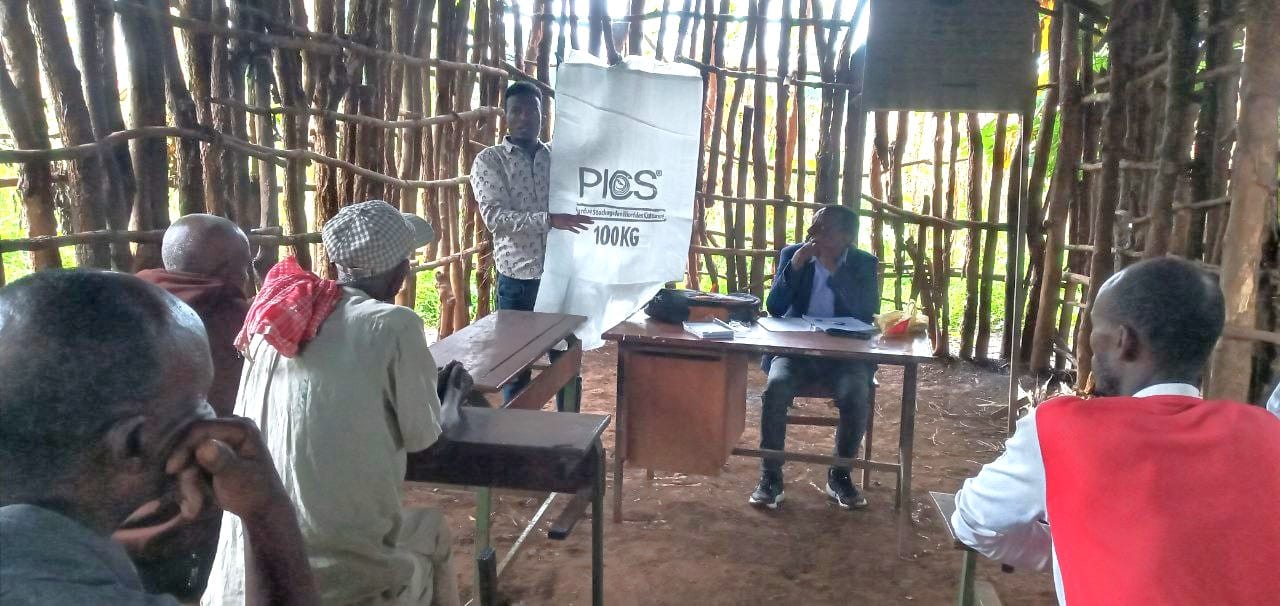
The following five insights are worth bearing in mind when seeking to adapt an MSD approach to serve refugee communities.
- Humanitarian Practitioners Can Collaborate with the Private Sector
Many humanitarian practitioners are hesitant about working with the private sector, based on their adverse experience with bad actors. In refugee economies, some local agri-input dealers have sold counterfeit products to refugees, failed to provide the training services they promised, or even absconded with farmers’ money without repercussion. Similarly, some local money lenders charge extortionate interest rates on short-term loans; some off-takers have been found to use weighing scales that are not regulated for accuracy or to push smallholder farmers to sell at below-market prices out of desperation. The resulting distrust among humanitarian practitioners needs to be addressed strategically. Absent trust on both sides, a rights-based humanitarian NGO guided by the SPHERE humanitarian principles of Do No Harm may remain hesitant to “hand over” part of a livelihoods program to a local private sector actor.
On DAI projects that work in refugee economies in East Africa—such as the U.K. Foreign, Commonwealth and Development Office-funded SHARPE program, the U.S. Agency for International Development’s Uganda Inclusive Agricultural Markets (IAM), and the IKEA Foundation-funded Uganda Sustainable Market Inclusive Livelihoods Pathways to Self-Reliance Program (SMILES)— MSD tools such as Deal Notes are used to build trust between development partners, private sector actors, and communities. Deal Notes are partnership agreements co-created between a project and a private sector partner designed to test an inclusive business model that supports the private partner’s growth plans while benefiting the target community (for example, investing in refugees as suppliers, agents, employees, and customers). These flexible Deal Notes, backed up by a cost-share commitment from all parties, serve as a risk mitigation measure, encouraging the development of trusting relationships.
- Humanitarian and MSD Actors Can Form Successful Partnerships
NGOs routinely staff projects with competent staff equipped with specialized skills in areas such as social work, health, water, sanitation, nutrition, agronomy, procurement, logistics, child protection, gender integration, and so on. When designing refugee livelihood projects according to MSD principles, collaboration with MSD practitioners allows humanitarian practitioners to continue to thrive in their areas of expertise but creates space for new project design perspectives. MSD practitioners bring to the program their own skillsets—such as market systems diagnostics, value chain development, business planning, financial inclusion, and private sector engagement—but share a common commitment to and grounding in the core MSD principle of facilitation; that is, strengthening the functioning of the market system rather than replacing local market actors.
When working in unison, the respective NGO and MSD skillsets are not only compatible, they are conducive to the sustainability and scalability of refugee livelihoods development. Where MSD practitioners may sometimes fall short in knowing how to provide urgent relief, understanding conflict dynamics and historical context, building local community trust, and providing psychosocial services, experienced humanitarian sector practitioners may flourish. By the same token, MSD practitioners can share their complementary skills in aiding markets to transition toward self-reliance.
- Incorporate Both Procurement and Partnership Models
In DAI's experience in refugee economies, many NGOs that have worked directly with the local private sector have done so through a “procurement” rather than a “partnership” model. When adapting MSD to refugee settings, there are often good opportunities to incorporate both.
Procurement is when a humanitarian or development organization pays for services or products from local market actors, such as hiring a training venue or local transport services, or paying for training to be delivered. Procurement models provide local market actors with the opportunity to serve NGOs and the UN as customers. However, if a local business only has NGO or UN customers, it risks losing business if or when donor funding ends. Humanitarian organizations that only work with the private sector on a procurement basis may miss opportunities for longer-term private sector development in refugee economies.
Partnerships, on the other hand, are at the core of the MSD approach to program design. Partnerships tap the growth mindset, values, and risk appetite of local market actors for long-term investment and impact beyond the life of a project. Partnerships can de-risk joint investments made by the private sector and the development partner while also increasing the demand for and awareness of products and services in refugee economies. This arrangement allows the private sector to contribute a larger cost-share to test new, inclusive business practices, knowing that the partner also has “skin in the game.” In the case of SHARPE and Yelahu Poultry, for example, the co-op expanded its ability to source quality chicks through a partnership that cost-shared the initial investment and ultimately built the market linkage with EthioChicken.
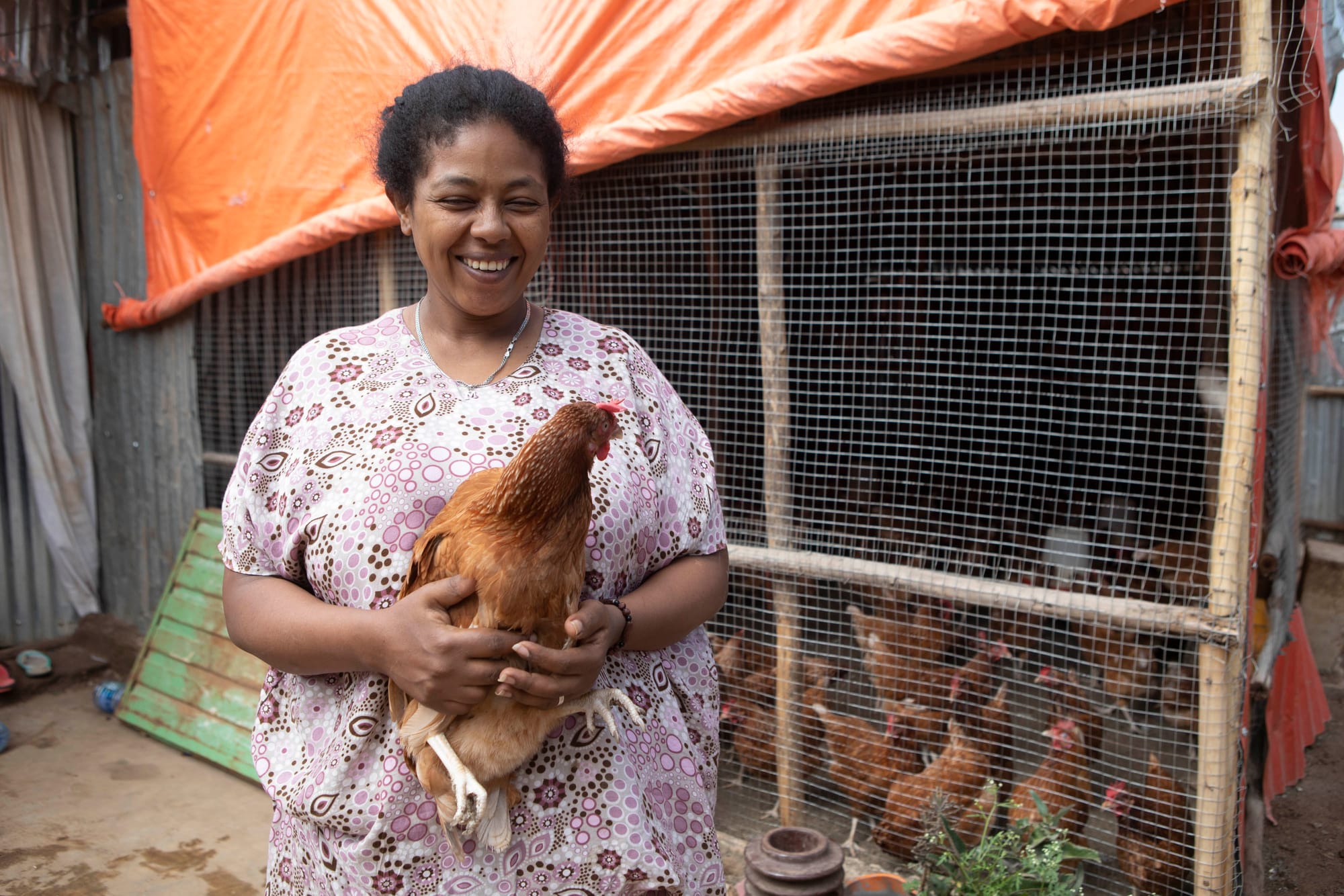
- Regional and National Market Linkages Are Possible, Even for Rural Refugee Programs
A traditional humanitarian approach to livelihoods and market assessments has tended to focus on nearby markets and less on regional or national opportunities. For example, if there are local hairdressers and carpenters in a refugee host community, a standard approach would be to design a short-term refugee training program in hairdressing and carpentry. This approach may be beneficial for a few local community members but only until supply is saturated.
Refugee livelihoods and market assessments that take a broader view of market opportunities may open new market linkages. National and regional firms may consider refugee economies too small when viewed as standalone markets; however, if seen as a market segment additional to their overall business portfolio, there could be opportunities for co-investment. In the Gambella poultry example cited above, the local market linkages were scarce because no lead firm had invested in this community. But SHARPE helped to facilitate a connection with a national firm. The potential to de-risk and incentivize a new national market actor willing to test inclusive business models may have remained untapped if the market assessment had been limited to existing market opportunities in the local refugee economy.
- Facilitation Must Be Seen as a Win-Win for All Involved
A traditional humanitarian approach may be cautious of the core MSD principle of facilitation. Facilitation implies that humanitarian practitioners are not directly conducting key training with refugees, for example, but building market linkages and partnerships with the private sector to invest in refugee economies and offer training, services, and products through market actors. NGOs who have used a direct delivery service model for many years may see facilitation as tantamount to replacement by the private sector. This narrative needs to be reframed. Facilitation should be viewed as a tool for more sustainable and scalable impact on the lives of refugees, not as “competition” to the humanitarian model.
Facilitation processes still require the collaboration of humanitarian NGOs. For example, in Gambella, NGOs are supporting market actors like EthioChicken with access to local government and UN officials, cultural and historical context, customer behavior insights, initial mapping, and due diligence. For refugee community members—as employees, suppliers, agents, and customers—NGOs provide support with sensitization on the new market actors’ business models and insights into group formation (savings groups, for example). And they serve as a credible, trusted third party to limit exploitation and ensure fair agreements on prices, working conditions, and market linkages.
Changing Mindsets for Urgent New Program Designs
At a recent 2023 East African refugee livelihoods conference, a leading humanitarian donor agency from Ethiopia said: “We have spent billions on humanitarian assistance over the last decade, and there is no end in sight. We need a new paradigm that engages more with the local private sector.” At the same conference, the Uganda Office of the Prime Minister stated that private sector engagement and market-centric refugee livelihoods development should be adopted by all agencies to reduce wastage of donor funds and empower refugee and host community farmers and small businesses to control their own economies and production systems when humanitarian projects end.
These are encouraging mindset shifts from policymakers and donors. With the funding for long-term humanitarian crises waning, adapting MSD programs to refugee settings has never been more urgent.

